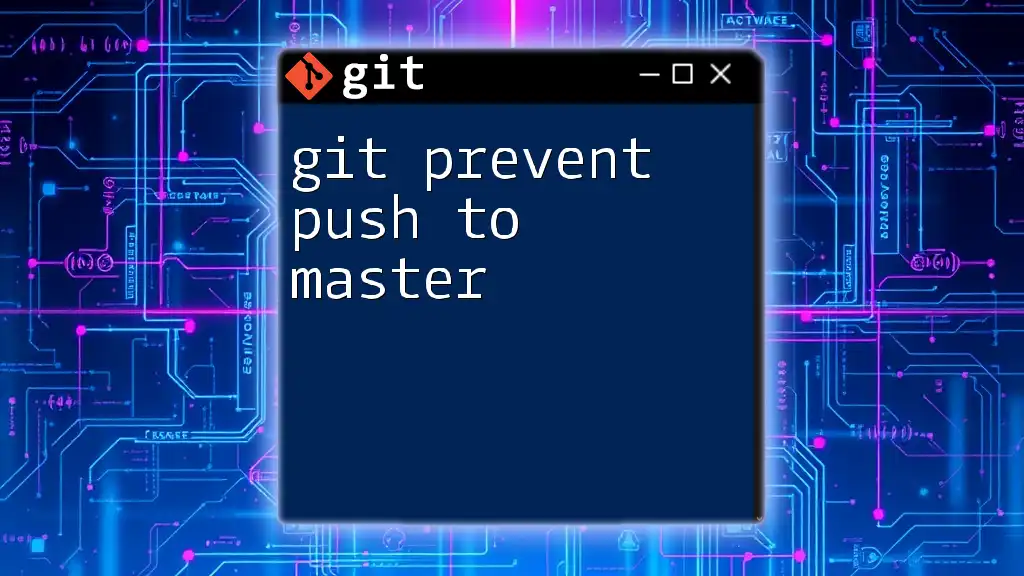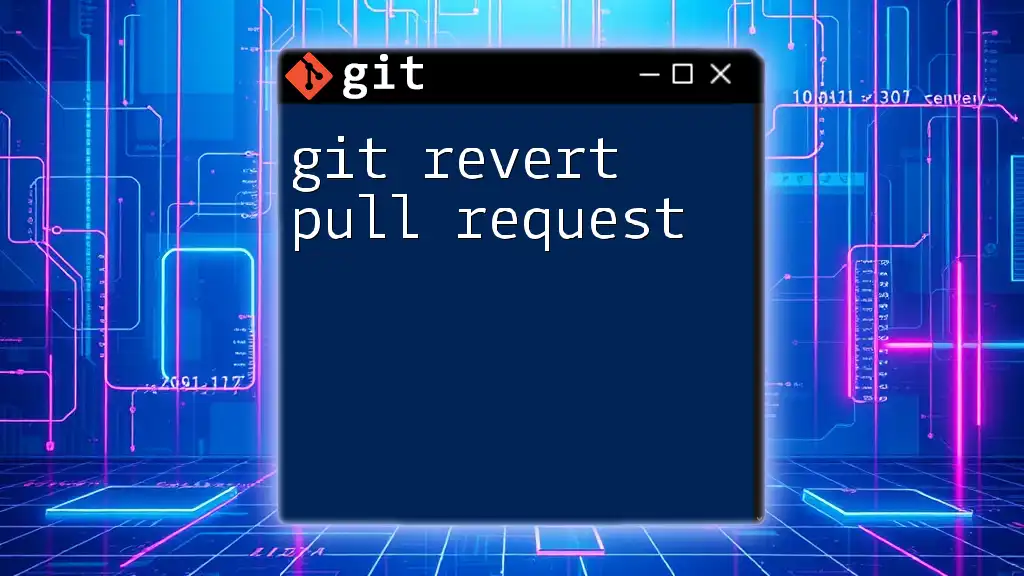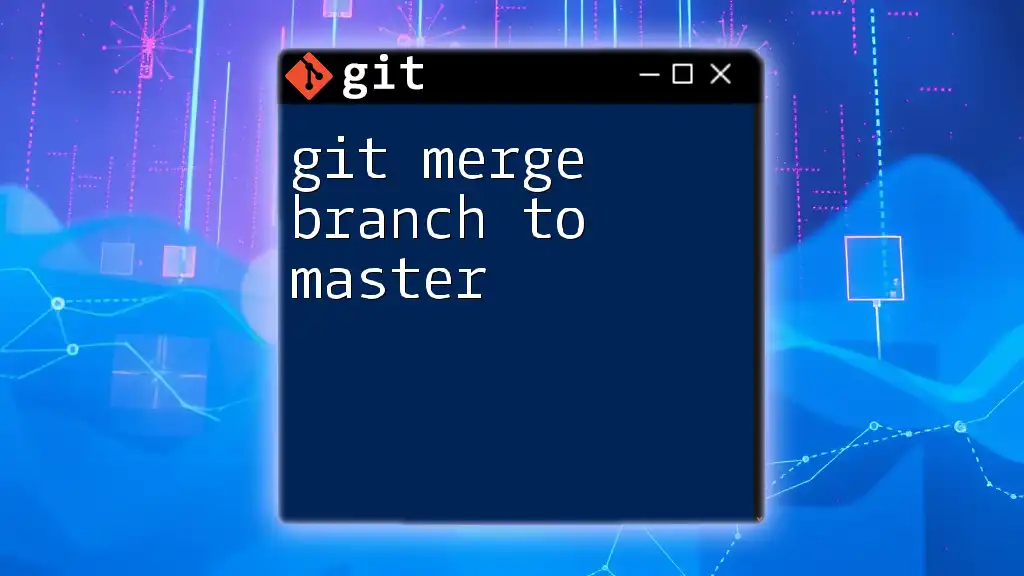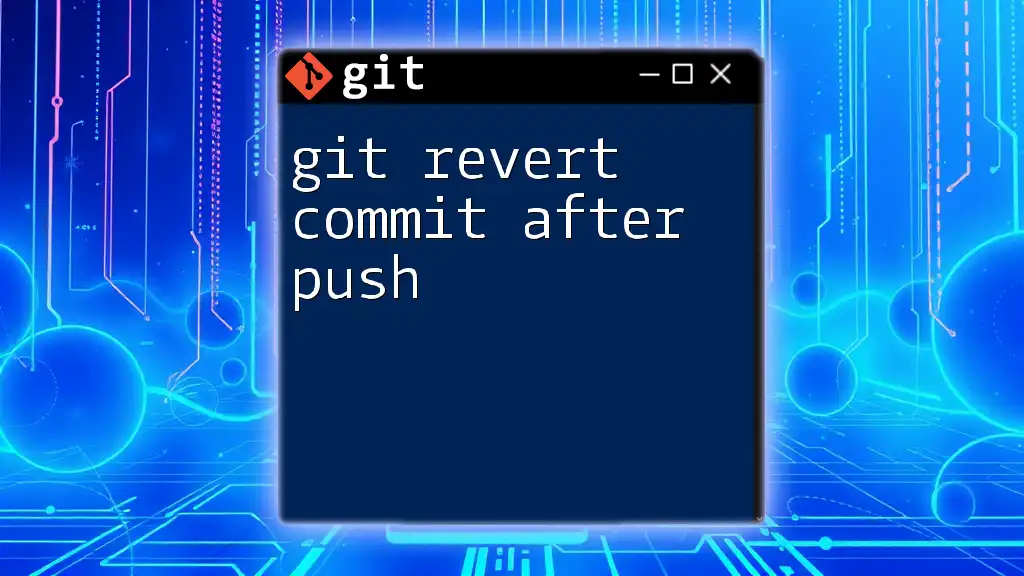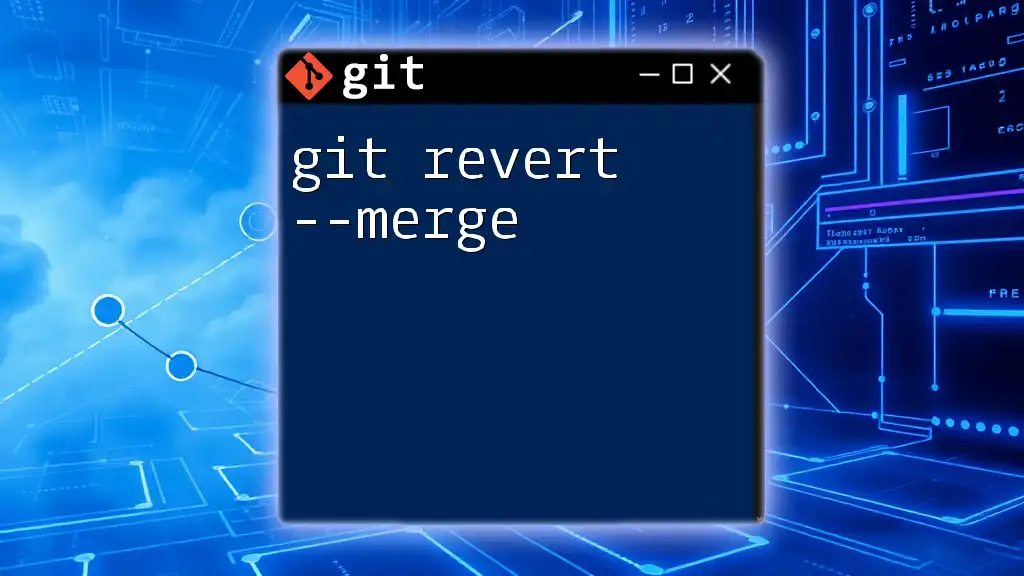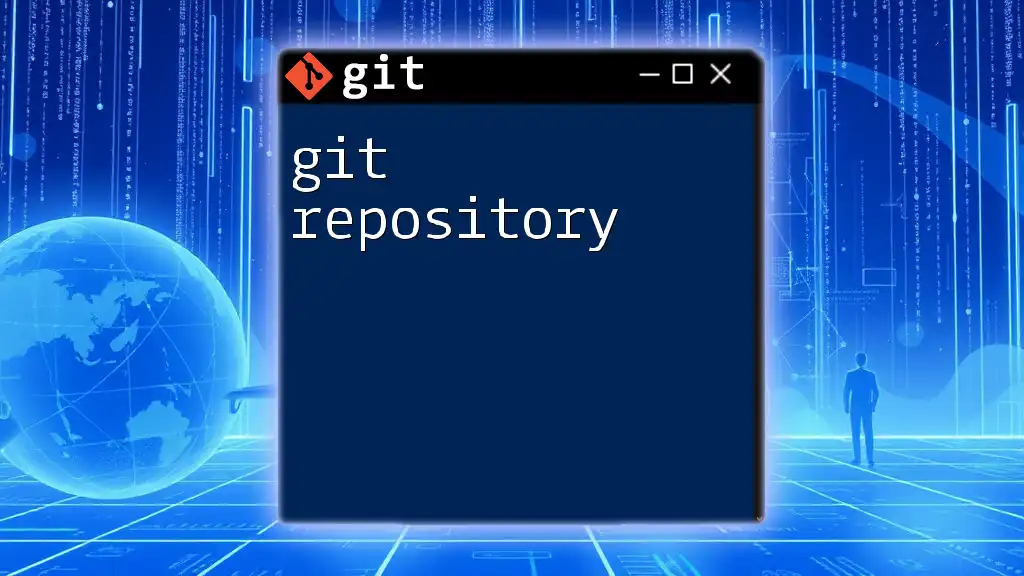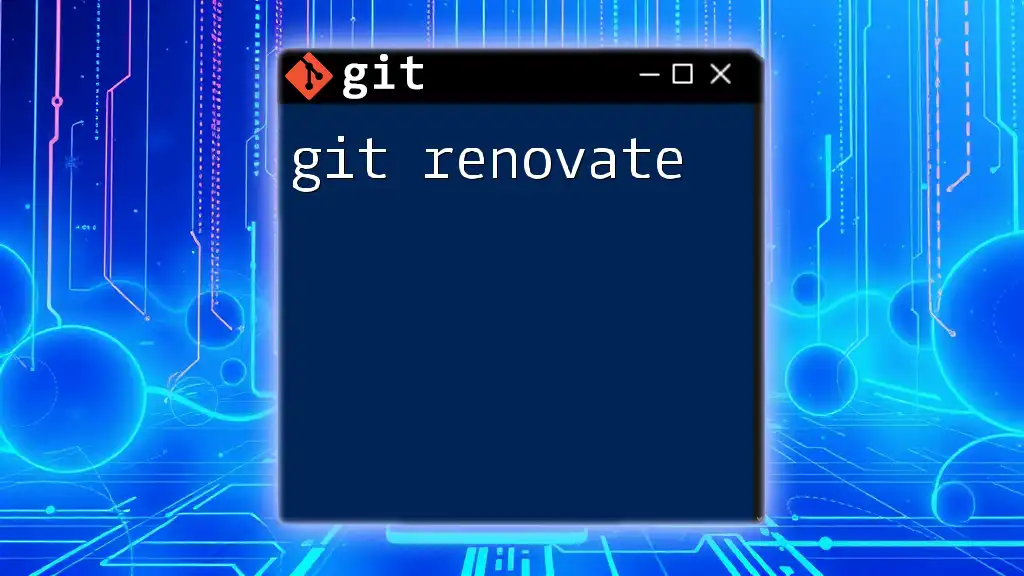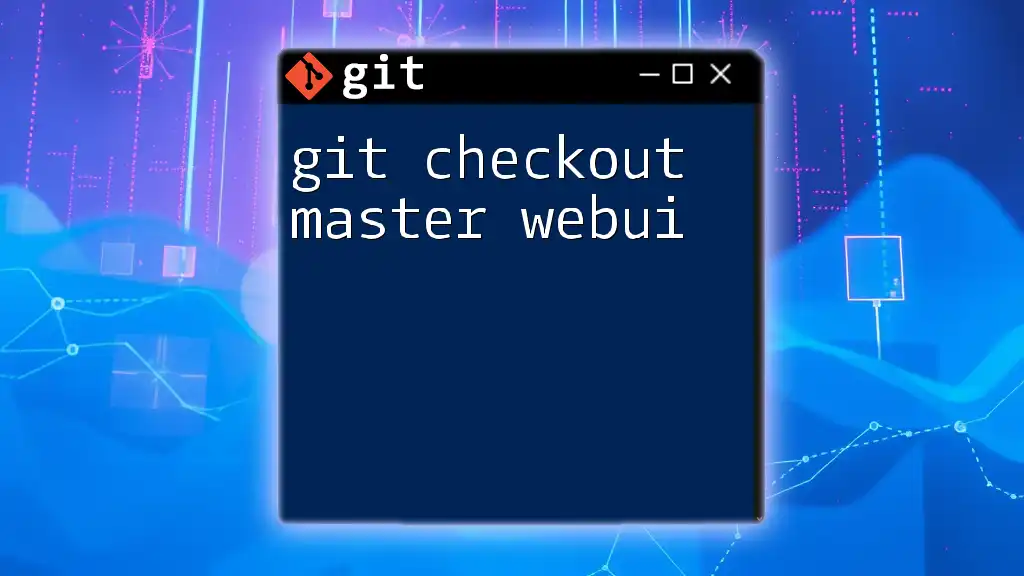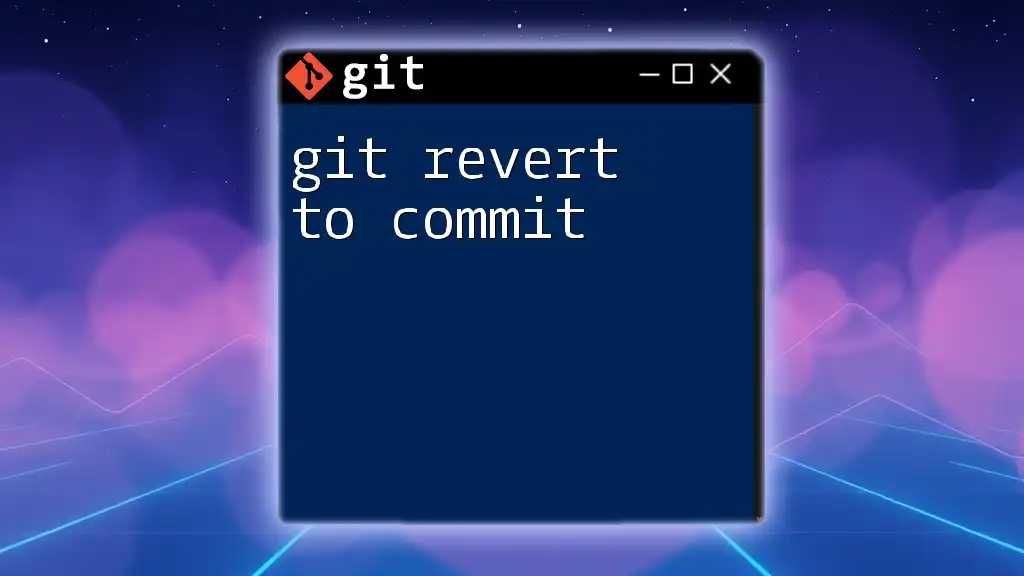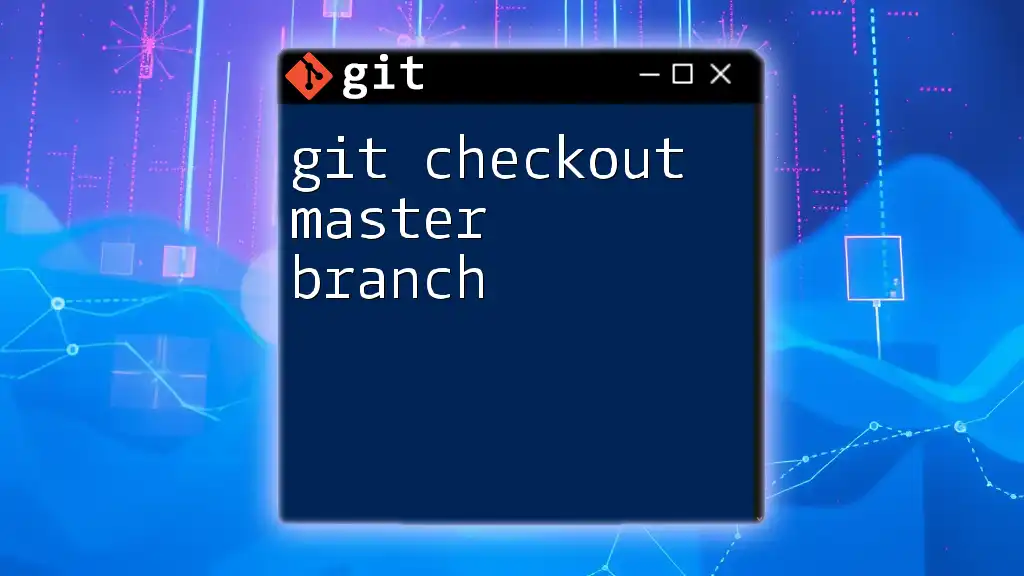To prevent accidental pushes to the master branch in Git, you can set the branch to be protected by configuring the branch settings in your repository or by using a pre-push hook.
# Create a pre-push hook to prevent pushes to master
echo '#!/bin/bash' > .git/hooks/pre-push
echo 'refuse="refs/heads/master"' >> .git/hooks/pre-push
echo 'while read local_ref local_sha remote_ref remote_sha; do' >> .git/hooks/pre-push
echo ' if [ "$remote_ref" = "$refuse" ]; then' >> .git/hooks/pre-push
echo ' echo "Pushing to master is not allowed!"' >> .git/hooks/pre-push
echo ' exit 1' >> .git/hooks/pre-push
echo ' fi' >> .git/hooks/pre-push
echo 'done' >> .git/hooks/pre-push
chmod +x .git/hooks/pre-push
The Master Branch: A Double-Edged Sword
The master branch (often considered the main branch) is pivotal in version control and serves as the primary line of development. This is where the stable, production-ready code resides. However, pushing directly to the master branch can have significant downsides. Any unreviewed changes can be merged directly into this branch, potentially leading to instability, bugs, or even complete project breakdowns in collaborative environments.
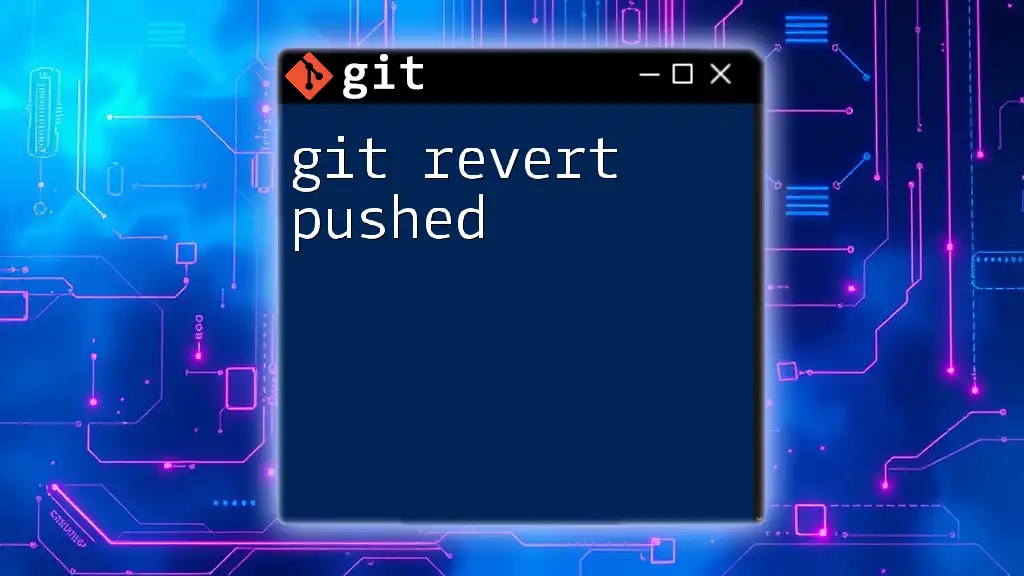
Why Prevent Pushes to Master?
Maintaining Code Quality
One of the actual risks in software development is the introduction of untested code. When developers push changes directly to the master branch, there’s no safeguard in place to verify that this code is free from errors or bugs. A push might seem harmless at the time, but it could lead to unforeseen complications down the line. By preventing direct pushes, you encourage a culture where code quality is prioritized.
Facilitating Code Reviews
Code reviews are essential for maintaining high-quality code. They provide an opportunity for developers to critique each other's code, catch mistakes, and suggest improvements. When no one is allowed to push directly to the master branch, the team must rely on tools such as pull requests. This practice significantly enhances code quality, encourages sharing of knowledge, and fosters a collaborative environment.
Streamlining Collaboration
In teams where multiple developers contribute to the same codebase, preventing direct pushes to master ensures everyone is on the same page. This creates a more organized workflow. Developers can create feature branches, work independently, and submit their changes for review via pull requests before merging into the master. This method not only encourages collaboration but also ensures that integration into the main codebase is smooth and well-structured.
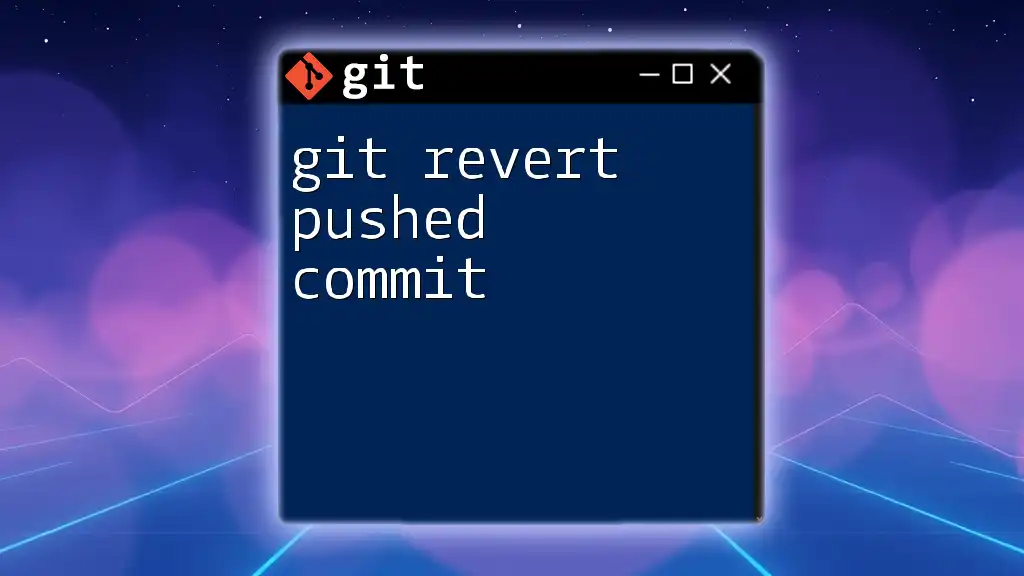
Common Approaches to Prevent Push to Master
Using Git Hooks
Git hooks are scripts that run automatically on certain events in the Git workflow. These can be harnessed to create a protective barrier against direct pushes to the master branch.
Pre-Push Git Hook
You can create a pre-push hook by writing a small script. The following snippet illustrates how to set it up:
# .git/hooks/pre-push
#!/bin/sh
if [[ "$1" == "origin" ]] && [[ "$2" == "refs/heads/master" ]]; then
echo "Direct pushes to master are not allowed. Please create a pull request."
exit 1
fi
Steps to implement this hook:
- Create a file named `pre-push` in the `.git/hooks/` directory of your repository.
- Paste the provided script into this file.
- Make the script executable by running the command:
chmod +x .git/hooks/pre-push
By implementing this hook, any attempt to push directly to the master branch will fail, prompting developers to use the pull request workflow instead.
Branch Protection Rules
Branch protection rules are an effective way to enforce policies directly within repository settings on platforms like GitHub. These rules specify what actions are permissible on the master branch.
Setting up Protection Rules on GitHub
- Navigate to your repository settings and select the Branches section.
- Add a branch protection rule for the master branch.
- Enable options such as:
- Require pull request reviews before merging: Ensures changes undergo scrutiny before being integrated.
- Require status checks to pass before merging: Maintain code quality by requiring CI/CD checks to pass.
By leveraging branch protection rules, you create a structured workflow that enhances collaboration while safeguarding stability in the master branch.
Using Continuous Integration/Continuous Deployment (CI/CD) Tools
Incorporating CI/CD tools further reinforces the practice of preventing problematic changes from reaching the master branch. These systems automate testing and deployment processes, ensuring code meets quality standards before integration.
Example with GitHub Actions
You can create a GitHub Actions workflow to deny direct pushes to the master branch using the following configuration:
name: Prevent Push to Master
on:
push:
branches:
- master
jobs:
deny-push:
runs-on: ubuntu-latest
steps:
- name: Prevent pushes to master
run: |
echo "Direct pushes to master are not allowed! Please use a feature branch."
exit 1
The CI/CD pipeline checks every push to the master branch, preventing unreviewed changes from being integrated.
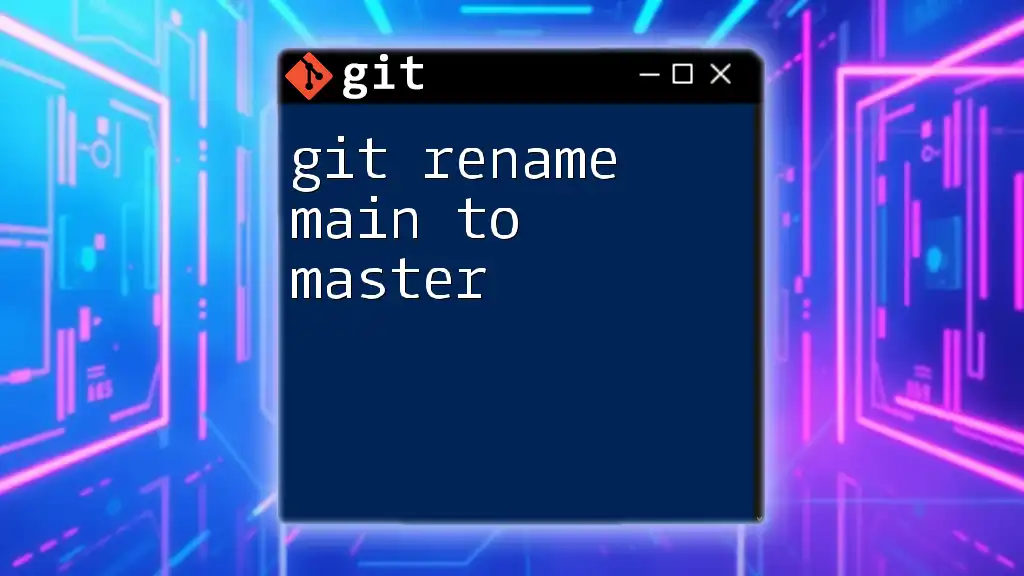
Best Practices for Workflow Management
Adopt a Standardized Branching Strategy
Utilizing a consistent branching strategy is crucial for successful workflow management. Strategies such as Git Flow or GitHub Flow provide structured guidelines on how to handle features, releases, hot fixes, and production maintenance. Adopting one of these strategies ensures that everyone on the team understands the workflow and the role of each branch.
Encourage Pull Requests and Reviews
In addition to preventing direct pushes, fostering a culture of creating pull requests and conducting thorough reviews is valuable. Define clear guidelines on the expectations for code submissions, and ensure every team member is involved in the review process. This not only enhances code quality but also promotes knowledge sharing and skill development across the team.
Provide Training and Resources
Lastly, when it comes to mastering Git, education is critical. Providing onboarding training on using Git — from basic commands to advanced branching strategies — equips team members with the skills they need to work confidently in a collaborative environment. You might consider curating resources such as online tutorials, documentation, or even internal workshops to help your team strengthen their Git skills effectively.

Conclusion
In conclusion, adopting practices to git prevent push to master is essential in maintaining a stable and collaborative development environment. The tips and techniques discussed here, such as implementing Git hooks, using branch protection rules, and leveraging CI/CD tools, offer strong measures to protect your master branch. Each of these strategies emphasizes the importance of code quality, fosters effective collaboration, and enhances team productivity.
By integrating these practices into your workflow, you're setting a solid foundation for successful software development. Your team will not only work more efficiently but will also create software that stands the test of time. So embrace these techniques and elevate your Git management skills today!

